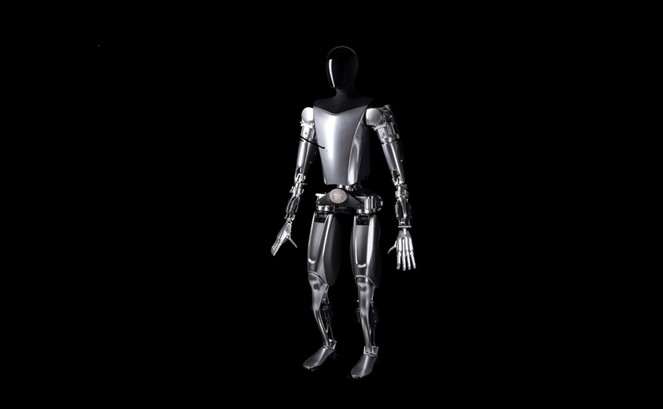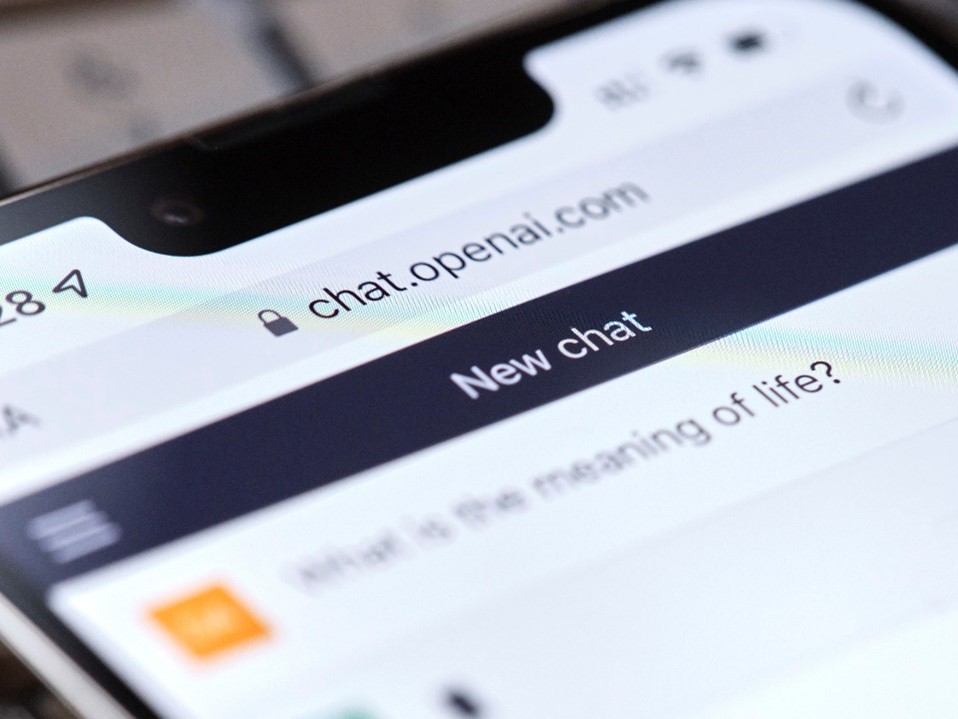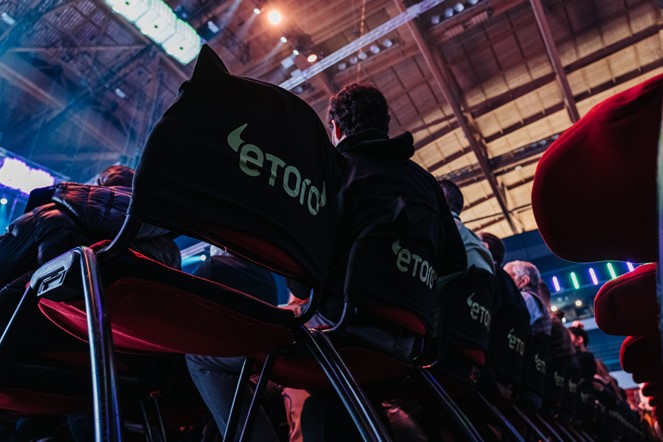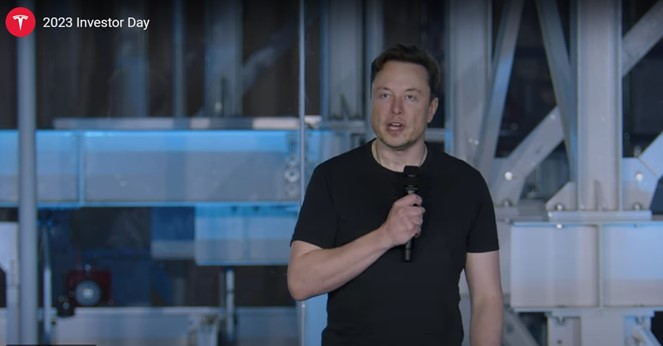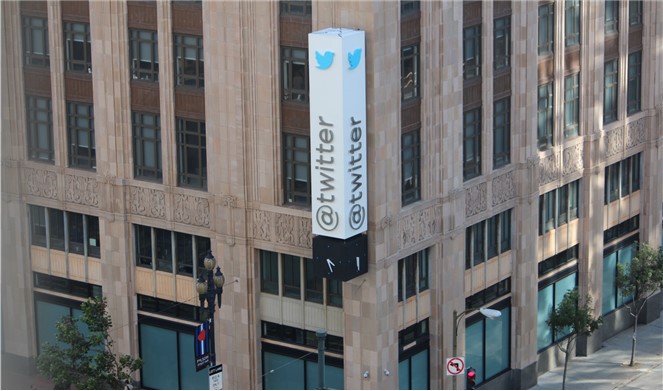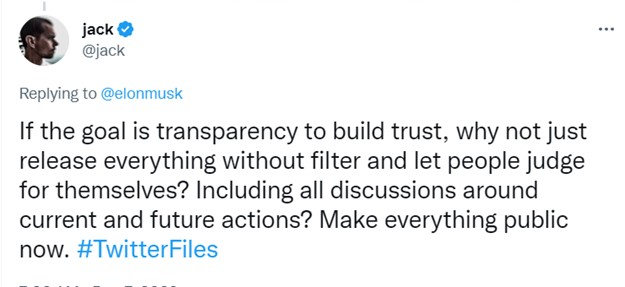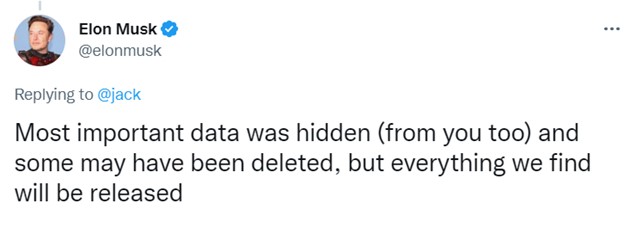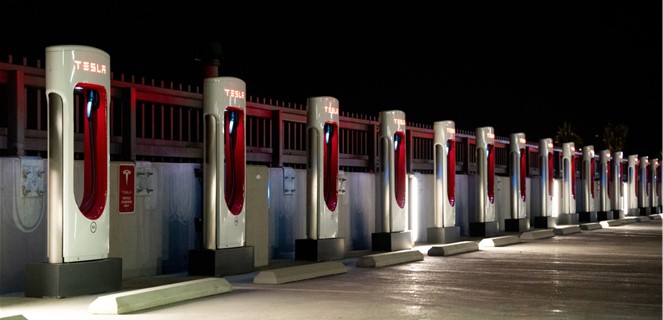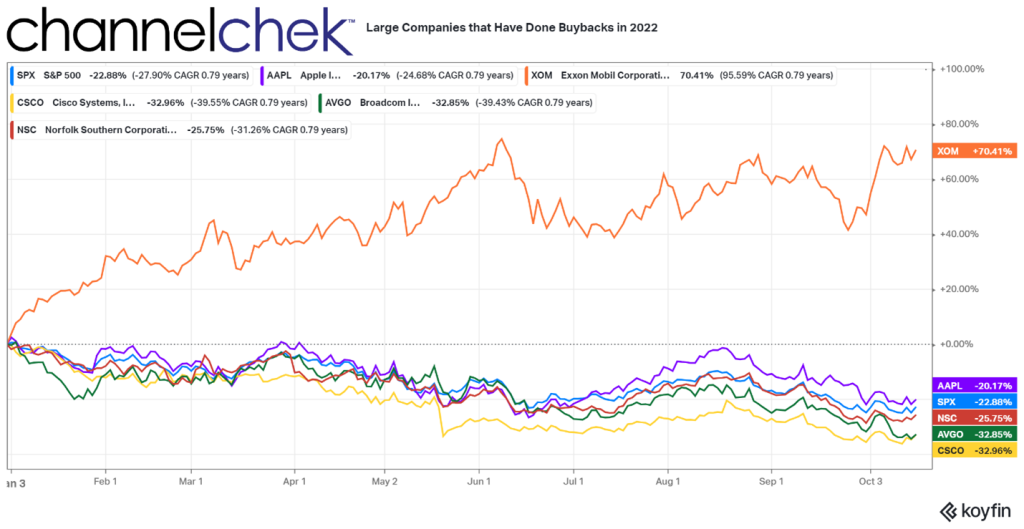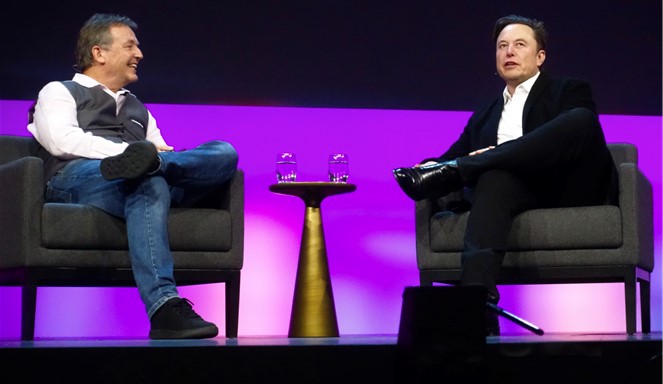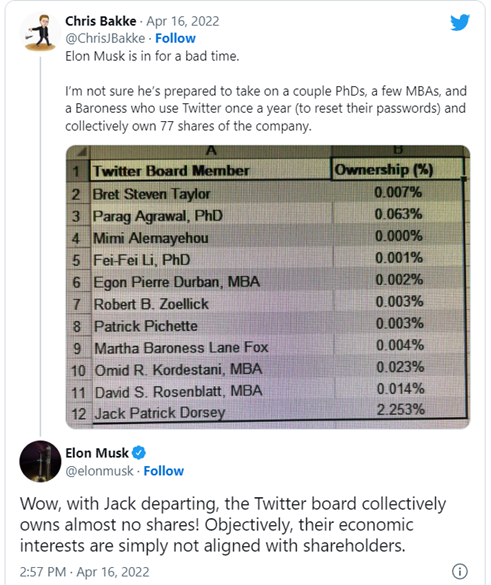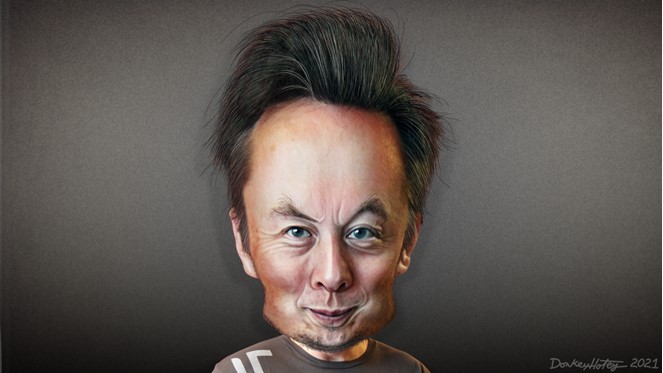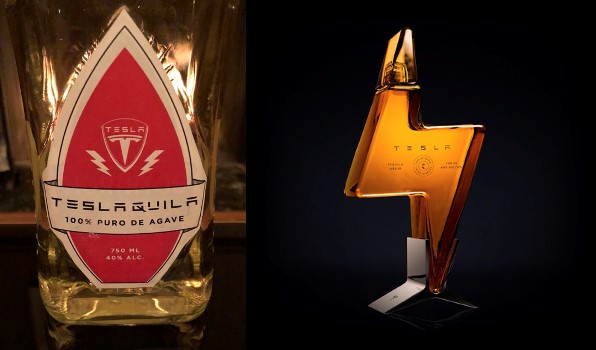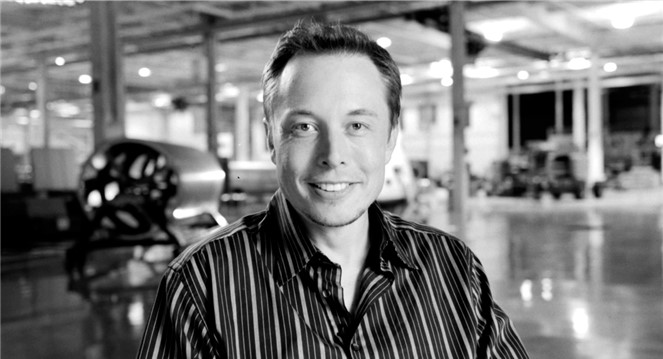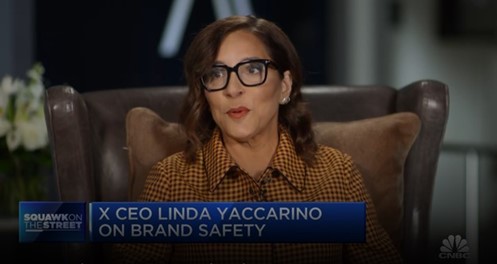
X, the Company Formerly Known as Twitter – Here’s Why It Rebranded
If you’re like me, when Elon Musk announced a rebranding of Twitter to the new name X, you waited for the punchline – or thought of it as a stunt. Although weeks later I’m still typing “Twitter” into my search bar, and still refer to posts as tweets.” I have become sure that this is no stunt, it is a business decision. A decision that begs the question, Why?
This week, X’s CEO, Linda Yaccarino shared her insights in a CNBC interview. She explained the company’s decision to rebrand from Twitter, citing alignment with owner Elon Musk’s overall strategic vision for the platform and how Musk, who has owned the URL X.com since his PayPal days, has championed the social media company as the future, all-encompassing app.
“Elon has been talking about X, the everything app, for a very long time,” Yaccarino said during the interview with CNBC’s Sara Eisen. “Even when we announced that I was joining the company, I was joining the company to partner with Elon to transform Twitter into X, the everything app,” Yaccarino said.
Yaccarino, who took the helm in June, indicated the transformation and growth include extended video content, articles, and even subscriptions to content providers.
“Think about what’s happened since the acquisition,” X’s CEO elaborated, “Experiences and evolution into long-form video and articles, subscribe to your favorite creators, who are now earning a real living on the platform. You look at video, and soon you’ll be able to make video chat calls without having to give your phone number to anyone on the platform.”
Attention was brought to the once microblogging platform’s intentions to facilitate transactions between users, friends, and content creators. The past Twitter was confining, she explained, the new brand will allow evolution without a legacy mindset.
“The rebrand represented really a liberation from Twitter,” she said. “A liberation that allowed us to evolve past a legacy mindset and thinking. And to reimagine how everyone, how everyone on Spaces who’s listening, everybody who’s watching around the world. It’s going to change how we congregate, how we entertain, and how we transact all in one platform.”
The CNBC host asked about the risk in light of name recognition, Yaccarino responded likening the change Johnson & Johnson made by spinning off Band-Aids and Tylenol brands under the new name Kenvue. Her reply suggested the tech giant is almost entrepreneurial now, and can begin with a start-up mentality.
“If you stay Twitter, or you stay whatever your previous brand is, change tends to be only incremental. And you get graded by a legacy report card,” Yaccarino said. “And at X we think about what’s possible. Not the incremental change of what can’t be done.” She pointed to the new product changes and infrastructure improvements, saying it “answers the question of ‘why rebrand?’”
About Yaccarino’s Duties
She is operating independently under Musk’s leadership, Yaccarino assured.
“The roles of Elon and myself are well-defined.” She continued, “Elon is working on accelerating the rebrand and working on the future,” adding, “and I’m responsible for the rest. Running the company, from partnerships to legal to sales to finance.”
Questions regarding Yaccarino’s autonomy within Musk’s framework had arisen due to his comprehensive control over the company and his ventures like Tesla and SpaceX.
Yaccarino, formerly a senior advertising executive at NBC Universal, underscored X’s dedication to enhancing the advertiser experience. This commitment arose from brands withdrawing from the platform following Musk’s acquisition of Twitter.
A large part of the Twitter brand has in the past been questioned by advertisers related to trust and safety. Yaccarino disclosed that X’s trust and safety team is now more capable compared to its pre-acquisition state. While acknowledging that not all content may align with everyone’s views, she highlighted efforts to improve the platform’s content environment.
In November, Twitter disbanded its ethical artificial intelligence team and downsized its trust and safety department. This move halted the team’s work on “algorithmic amplification monitoring,” which mainly aimed to scrutinize content amplification during elections and political events. This stands in sharp contrast to the trust which the new brand has been building.
Rebuilding advertiser confidence stands as a large challenge for Yaccarino. Musk has claimed continuous spikes in user engagement, but concrete data supporting these claims are slim. Yaccarino pointed out the return of prominent brands like Coca-Cola and Visa to advertising under her leadership, facilitated by her direct engagement with marketing and communication executives.
Yaccarino asserted that brands are now insulated from the risk of adjacency to problematic content. She acknowledged that content that is “lawful but awful” can be challenging to manage but emphasized the company’s new content controls in reducing such risks for advertisers.
Yaccarino also addressed the threat posed by Meta’s Threads, indicating that while it hasn’t fully taken off since its high-profile launch, it’s essential to stay vigilant about competitors. Despite already commanding substantial advertiser spending through Instagram and Facebook, Meta’s Threads has yet to introduce advertising.
As for a potential octagon face-off between Musk and Meta CEO Mark Zuckerberg, Yaccarino took a playful stance saying that if the event occurred, Musk “is training” and noted the potential for a great brand sponsorship opportunity.
Managing Editor, Channelchek
Sources
https://www.nbcnews.com/news/us-news/twitter-rebrands-x-elon-musk-loses-iconic-bird-logo-rcna95880
